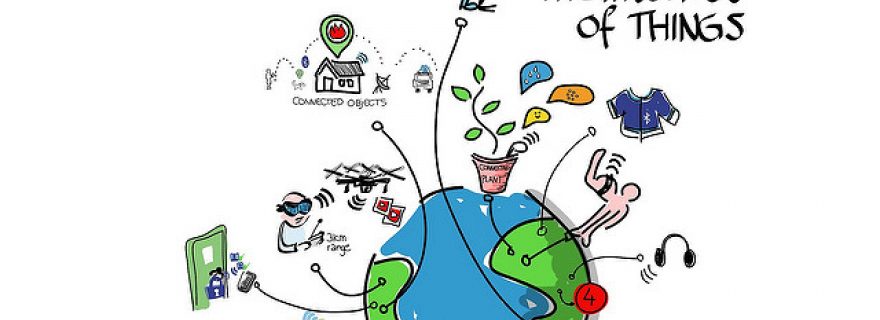Living in a smart future
Smart devices and appliances may seem like the ultimate solution to automate simple tasks in the home and to track our behaviour, but is installing these technologies really that smart?
In modern-day society, smart devices and appliances are (almost) becoming the norm. Smart devices and appliances are items of technology that can be connected to the Internet. Their connection to the Internet facilitates their functionality by gathering and analysing data. This data is gathered for a specific goal, as each type of device has a specific application. For instance, a smart mattress may track sleeping habits, while a smart television will track what people watch on and when people watch television – but manufacturers sometimes take it too far. In the past years, the range of devices and appliances has grown steadily and this trend is likely to continue to do so in the future. Eventually, we could live in complete smart houses. Yet, no one has considered whether we truly need or want this level of constant connectivity and feedback or what the implications might be in both the short and long term.
While living in a smart house may seem convenient, there are several downsides attached to it. A recent article described the experience of an author who experimented with living in a smart house. The house was installed with a range of smart appliances that were connected to the Internet through Wi-Fi. The author faced two sets of problems.
The first problems were of practical nature. The devices and appliances did not always work properly and the connections (both among the appliances as well as to the outside servers) were not always reliable. This stems from the fact that, currently, there are no standards for communication and integration amongst the different technologies.
The second issue related to privacy and cybersecurity. The author and her family felt continuously “watched” by the items in her house. Furthermore, the author had an expert monitor the activity of the appliances with the manufacturers’ servers. Yet, even to him it was often unclear why and what was communicated when the smart appliances connected with the servers of manufacturers. The author and her family only learned about this extensive communication between device and manufacturer, because they decided to pay attention. Furthermore, devices that may connect to the Internet may not be secured properly, either by manufacturers or by the consumers themselves. As a result, Average Joe, Jane and their family may never learn how much information is ‘out there’ because of, for example, baby monitors.
Besides the downsides, smart devices and appliances do have their advantages. For instance, the ability to track personal habits will provide insight to personal behaviour and may assist consumers to improve their health. Additionally, automating simple tasks in the home will leave consumers with more time to spend on other activities. But is it better for our mental health to have continuous insight into how ‘good’ or how ‘bad’ our everyday behaviour is? Also, will automation of appliances such as a coffee maker really result in having more time for pleasant activities in our day-to-day lives? Even if the answer to these questions is yes, many of these devices and appliances should still able to perform their main tasks without some form of connection to the outside world.
If presented like this, it is baffling why smart devices and appliances are popular to the extent as they are now. Yet it is not necessary, let alone possible, to stop or diminish the sale of smart products. However, it may be possible to guide the current trend into a more favourable direction. Further research into mechanisms for manufacturers to design more secure smart devices and appliances, as well as legislation possibilities for local to supranational governments to govern this process. Furthermore, there may be options to assist consumers to choose the more secure option when they are in the process of buying smart products.


